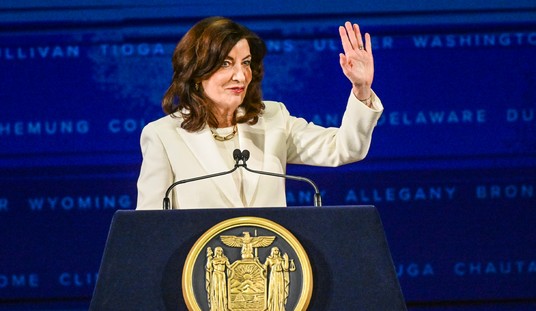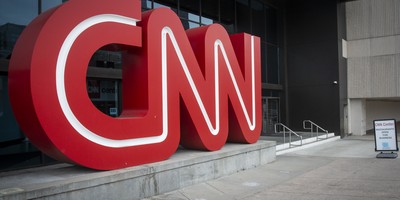Green energy has become a focal point of President Obama’s jobs agenda. Through generous taxpayer-funded loans and federal regulations, the administration has promised to prop up clean energy initiatives in order to grow the economy and protect the environment. Unfortunately, it is Obama’s allies that have received the boost, as opposed to the American workers.
One clear – albeit underreported – example is the way that forests are certified. To promote responsible land management and economic development, conservationists and businesses that use natural resources have fought for voluntary, market-based, and non-regulatory solutions – chief among them is forest certification.
Organizations that certify forestland lay out specific objectives, performance criteria and compliance indicators that landowners must meet. Over the last two decades, certification programs have grown in concert with the emerging demand for “green” products. Wood, timber and paper goods that bear the seal of programs such as the Forest Stewardship Council (FSC), Sustainable Forestry Initiative (SFI) and the American Tree Farm System (ATFS) let retailers and consumers know that products were procured in a manner that promotes sustainability. The diverse set of programs gives landowners and tree farmers the flexibility to choose what archetype is most practical for their particular operation.
This market-based approach to certification works. As such initiatives have grown and the market has responded, an ever-increasing amount of certified products have become available to the public.
In recent years however, government agencies and environmental activists have tried to uproot the voluntary system, distorting the market so as to force landowners to register with the FSC and abandon other systems. FSC all the while promoted by out-of-touch environmental groups like Greenpeace and the World Wildlife Fund. More specifically, federal, state and local agencies have adopted policies, regulations and ordinances that mandate the exclusive use of FSC-certified wood in public projects.
Recommended
Moreover, the U.S. Green Building Council (USGBC) and its Leadership in Energy and Environmental Design (LEED) rating system, which many authorities at the local, state and federal levels follow when awarding contracts, only recognize FSC certification.
While FSC has the endorsement of leftist environmental groups, there is no evidence that FSC-certified products perform better than timber certified by other programs. It’s “standards” are inconsistent. Lumber from countries like Russia, for example, is held to a much lower standard than the lumber harvested in the U.S.
In fact, in May 2012, researchers discovered that the FSC had certified a supplier that was cutting into Russia’s precious old-growth forest and logging trees that were 200 to 600 years old. As reported by the Inter Press Service, “On paper FSC has strict rules for certification that ensure protection of ancient forests. But in reality there are some gaps in regulation, according to Andrei Ptichnikov, general manager of FSC in Russia.”
Nonetheless, the federal government has cherry-picked the FSC to be the “gold standard” for forest certification.
What’s more, FSC excludes the vast majority of wood from American forests. Simply put, this is a job killer that jeopardizes many of America’s 2.9 million jobs that are supported by forests. Consider the following facts: FSC certifies 90 percent of its forestland outside of the United States and nearly 75 percent of certified forests in the U.S. use a system other than FSC. Members of Congress, governors, unions, small businesses, foresters and conservationists have urged the USGBC to broaden its criteria for what counts as sustainable wood, as a way of achieving sustainability goals while also protecting American jobs.
With many private sector industries on life support, we can’t afford to block certified American wood from emerging domestic markets. If this administration is looking to buttress both the economy and environment, we need to stop allowing USGBC’s LEED ratings and the federal government to pick winners and losers, because their choice puts America’s tree farmers out of work.

























Join the conversation as a VIP Member